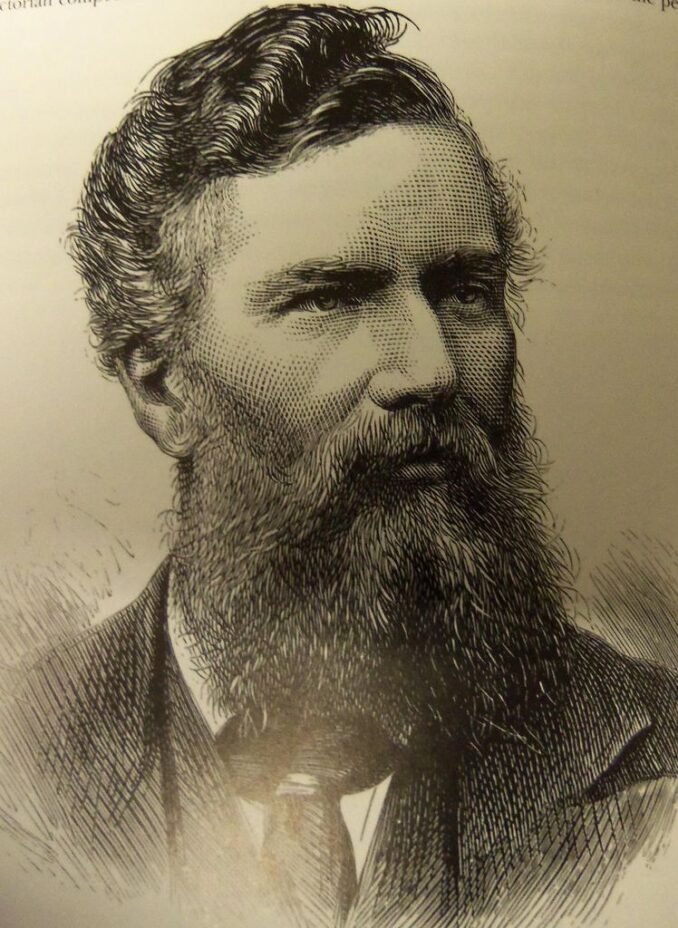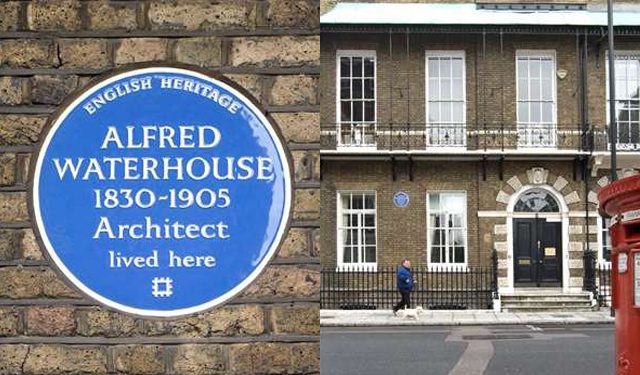
South Kensington and the surrounding areas have always been a hotbed for creativity, culture and big personalities. In the Other House, we want to celebrate this and have been inspired by many of our famous local residents from times past. Just as their names feature on the famous commemorative ‘blue plaques’ seen in the local neighbourhood streets, we have used them to create ‘street names’ for the corridors leading to all our Club Flats, and that means each of our residents has their own individual street address. Here is the low down on the famous residents we have chosen.
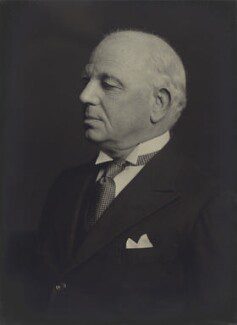
Namesake: Richard Allison, Architect
Local Significance: Designed the Science Museum
Sir Richard John Allison (1869 – 1958) was a Scottish architect. Amongst his many significant architectural contributions to London, as Chief Architect for the Office of Works, he designed the Science Museum, which opened to the public between 1919 and 1928. Located on Exhibition Road in South Kensington, Allison’s legacy lives on. As one of London’s foremost tourist attractions, the museum attracts 3.3 million visitors every year.

Namesake: Samuel Beckett, Dramatist & Author
Local Significance: Lived at 48 Paultons Square, London, SW3 5DT
Samuel Beckett (1906 – 1989) is one of the major literary figures of the 20th century. Whilst in London in the 1930s he published his first full-length work and started to develop the distinctive minimalist style which would characterise his most famous play, Waiting for Godot (1956). In 1934 Beckett lived at 48 Paulton’s Square, part of a Grade II listed terrace, found for him by his friend Tom McGreevy, a pivotal Irish poet who lived nearby in Cheyne Walk Gardens. The two men used to drink locally in the Six Bells and the World’s End pubs.
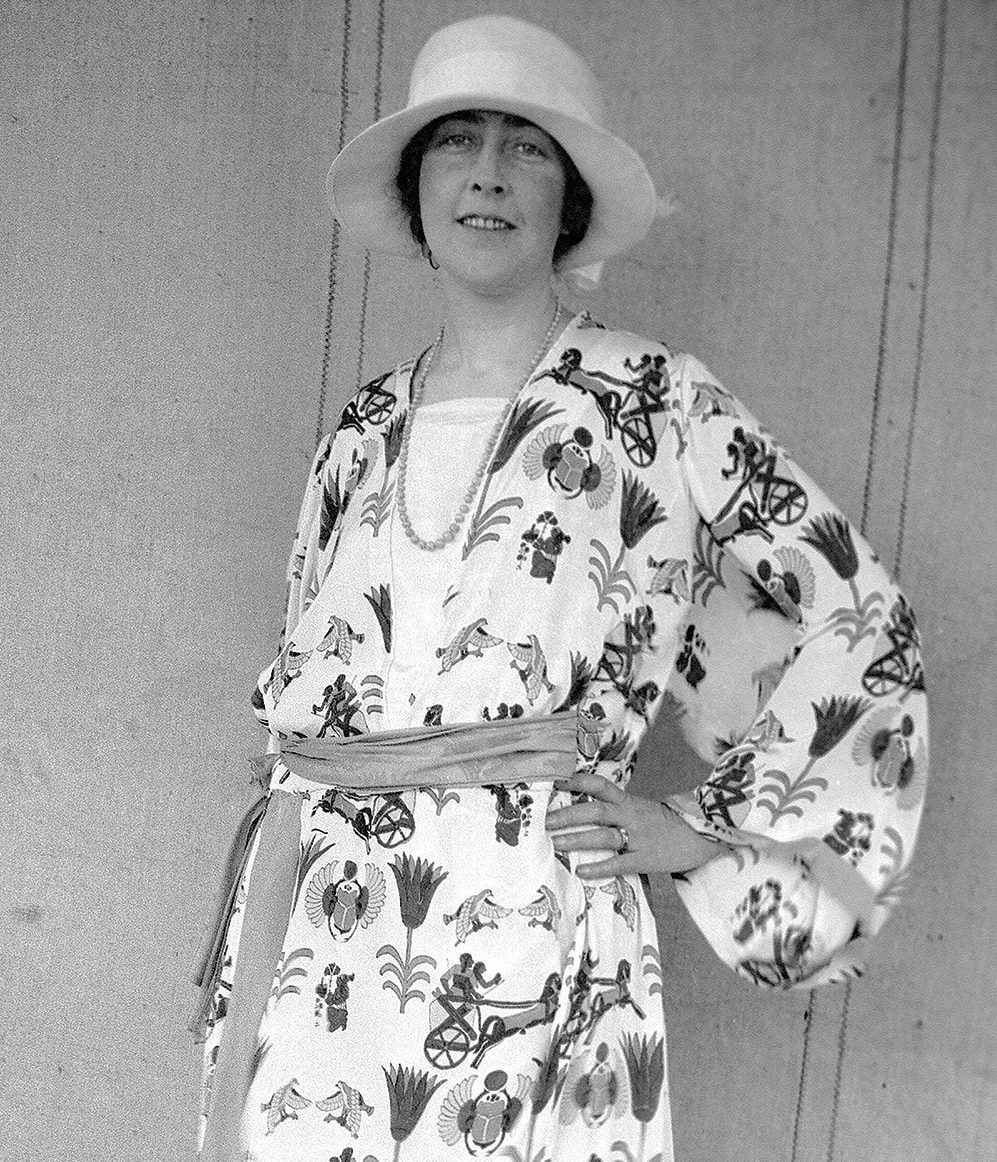
Namesake: Agatha Christie, Novelist & Playwright
Local Significance: Lived at 58 Sheffield Terrace, London, W8 7NA
Dame Agatha Christie (1890 – 1976), renowned for her detective novels and one of the best-selling writers of all time, wrote some of her most famous works – including Murder on the Orient Express (1934) and Death on the Nile (1937) – while living at nearby 58 Sheffield Terrace. Referring to it as a ‘happy house’, Christie remembered “When I saw it I wanted to live there as badly as I had ever wanted to live in any house. It was perfect, except perhaps for the fact that it had a basement. It had not many rooms, but they were all big and well-proportioned.”
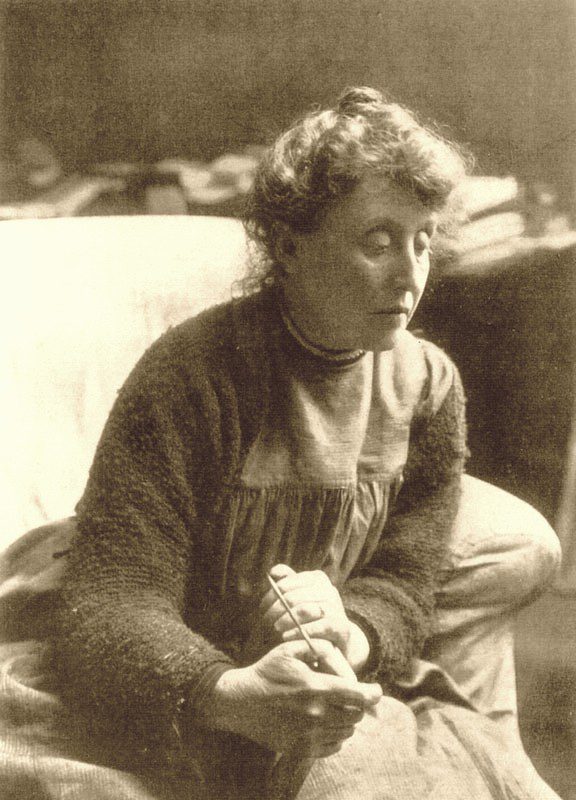
Namesake: Evelyn De Morgan, Painter
Local Significance: Lived at 127 Old Church Street, London, SW3 6EB
Evelyn De Morgan (1855 – 1919) was a painter who defied the expectations of her class and gender to become one of the most impressive artists of a generation. Her richly coloured canvases featuring beautifully draped figures, deliver messages of feminism, spirituality and the rejection of war and material wealth, making them incredibly relevant today. In 1872, De Morgan began her formal art training and spent some months studying at the South Kensington National Art Training School. Along with her husband, ceramic artist and novelist, William De Morgan, they both lived and died at 127 Old Church Street in Chelsea.
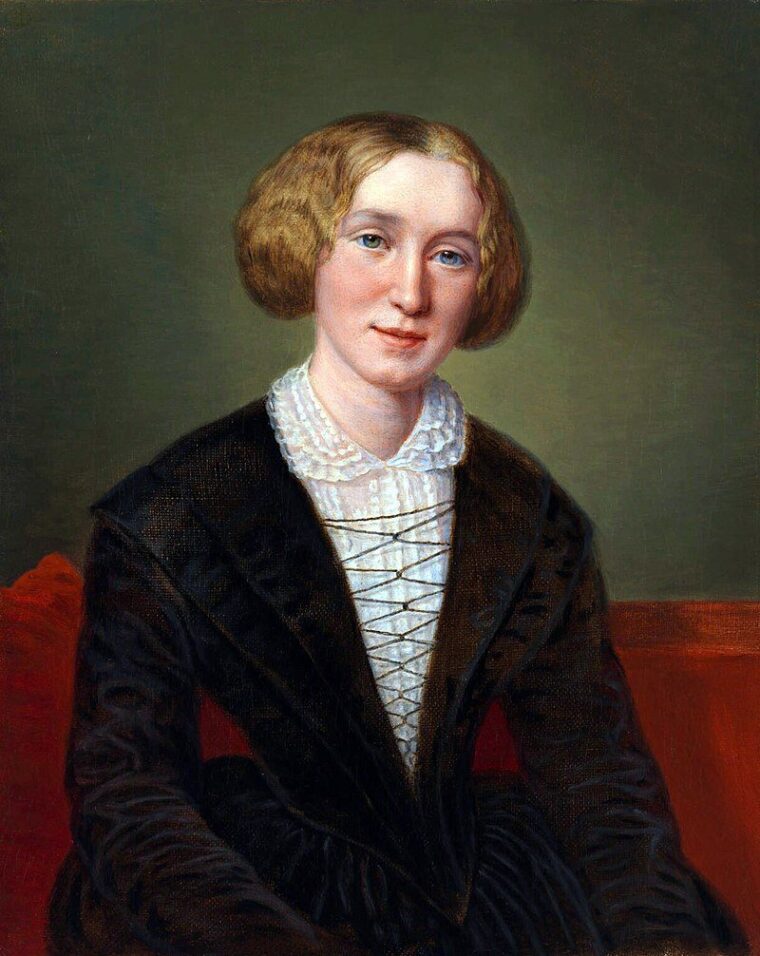
Namesake: George Eliot, Novelist
Local Significance: Lived at 4 Cheyne Walk, London, SW3 5QZ
George Eliot (1819 – 1880) A.K.A Mary Ann Cross (Née Evans) was a novelist, poet, journalist, and one of the leading writers of the Victorian era. Under her male pen name, Eliot wrote such famous novels as Adam Bede (1859), The Mill on the Floss (1860), Silas Marner (1861), Middlemarch (1871–72), and Daniel Deronda (1876). Following the death of her first husband in 1878, Eliot married the American banker John Walter Cross, and following a honeymoon in Venice, the couple settled at 4 Cheyne Walk in Chelsea. Eliot lived here until her death on 22 December 1880 at the age of 61.
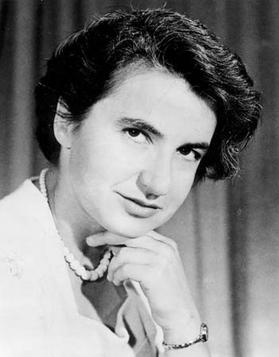
Namesake: Rosalind Franklin, Crystallographer
Local Significance: Lived at 107 Drayton Gardens, London SW10 9QS
Rosalind Franklin (1920 – 1958) was a scientist who pioneered the study of molecular structures. In 1951, Franklin took up a fellowship at King’s College and moved into Flat 22 at Donovan Court in Drayton Gardens, South Kensington. Whilst at King’s, Franklin analysed forms of the DNA molecule and identified two forms: the crystalline ‘A’ pattern and the ‘B’ form that she suggested was probably a helix structure. Most notably, her photographs helped Watson and Crick identify the structure of DNA for which they were awarded the Nobel prize, for which Franklin was never nominated.
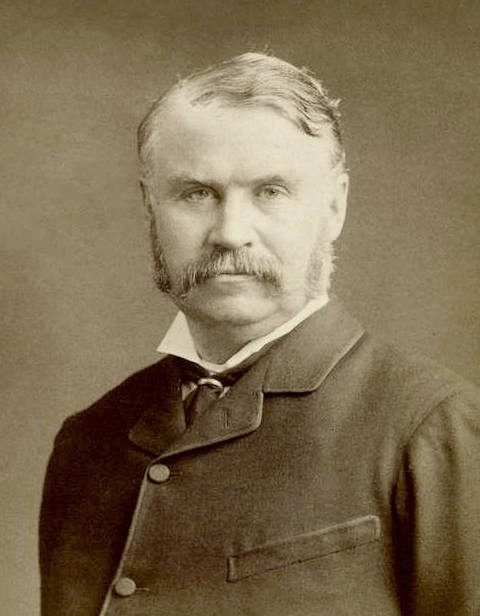
Namesake: W.S. Gilbert, Dramatist, Writer & Librettist
Local Significance: Lived at 39 Harrington Gardens, London, SW7 4JU
Sir W.S. Gilbert (1836 – 1911) was a dramatist, librettist, poet and illustrator best known for the 14 comic operas (known as the Savoy Operas) produced in collaboration with the composer Sir Arthur Sullivan. The most famous include ‘H.M.S. Pinafore’, ‘The Pirates of Penzance’ and one of the most frequently performed works in the history of musical theatre, ‘The Mikado’ which Gilbert wrote in his study at 39 Harrington Gardens. According to The Cambridge History of English and American Literature, Gilbert’s “lyrical facility and his mastery of metre raised the poetical quality of comic opera to a position that it had never reached before and has not reached since”.

Namesake: Joseph Aloysius Hansom, Architect & Inventor
Local Significance: Lived at 27 Sumner Place, London, SW7 3NT.
Joseph Aloysius Hansom (1803 – 1882) was an architect working principally in the Gothic Revival style. He invented the Hansom Cab and founded the eminent architectural journal, The Builder, in 1843. Impressively, Hansom designed around 200 buildings, with his commissions spreading across the British Isles, including Birmingham Town Hall, Arundel Cathedral, Oxford Oratory, Cathedral of St John the Evangelist in Portsmouth and, closer to home, Our Lady of Dolours in Chelsea, and St Mary’s Priory on Fulham Road. Hansom lived at 27 Sumner Place, South Kensington and died nearby at 399 Fulham Road on 29 June 1882.
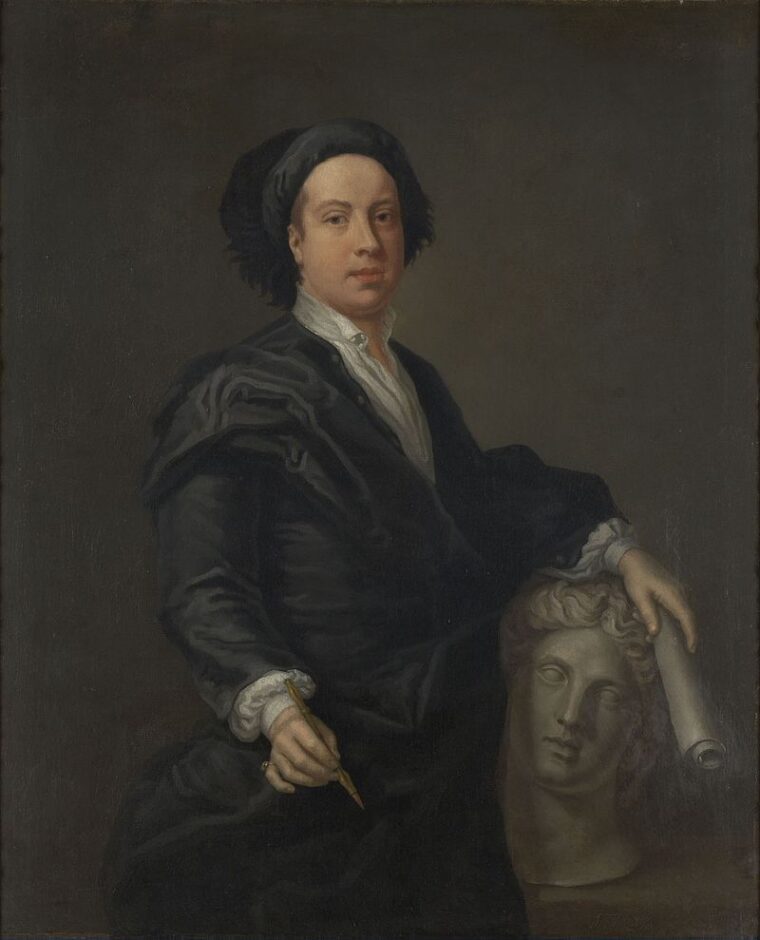
Namesake: William Kent, Architect & Designer
Local Significance: Designer of Kensington Palace
William Kent (1685-1748) began his working life as a sign and coach painter. His employer recognised his greater talent, and Kent was sent to study art in Italy, thanks to several wealthy patrons. William, a charming and skilful social climber, made influential friends including the wealthy and sophisticated Earl of Burlington who introduced Kent to the royal household. King George I was searching for a painter to decorate his new state apartments and so hired the then relatively unknown Kent. After designing the lavish Cupola Room at Kensington Palace, Kent went on to decorate several other rooms there including the extraordinary King’s Staircase and redecorated the King’s Gallery.
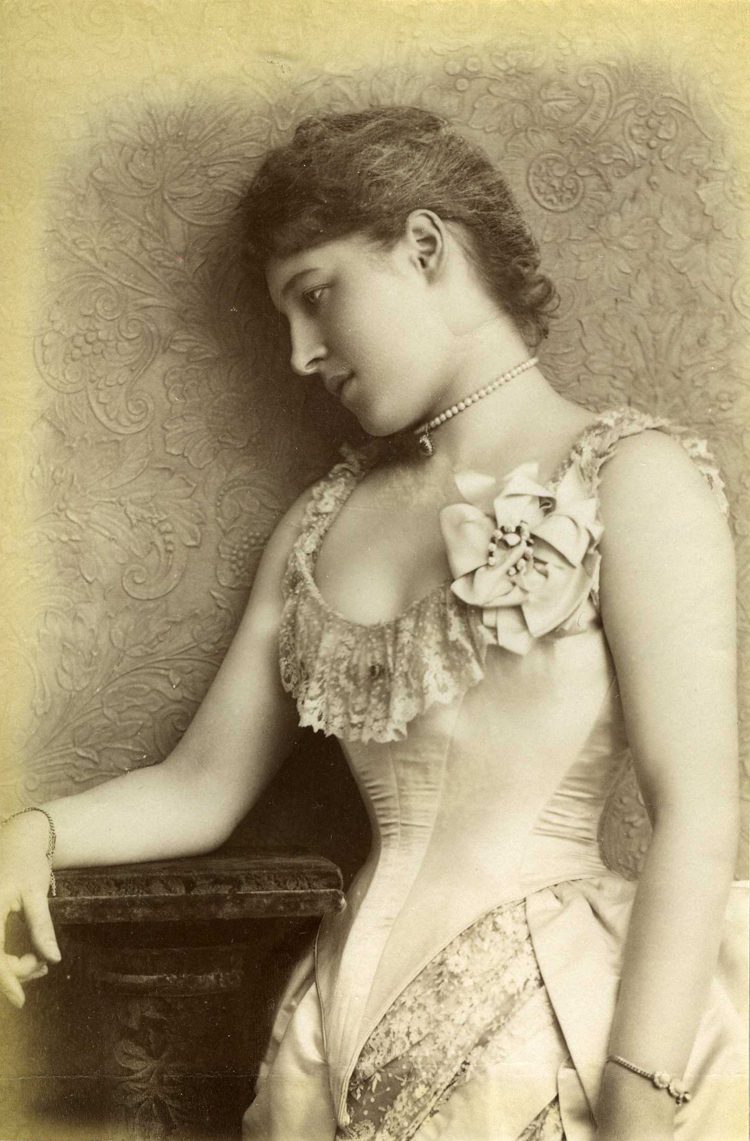
Namesake: Lillie Langtry, Actress
Local Significance: Lived at 21 Pont Street, London, SW1X 9SG
Lillie Langtry (1853 -1929) nicknamed ‘The Jersey Lily’, was a British-American socialite, actress and producer. Born in Jersey, she moved to London in 1876 upon marrying. Her looks and personality attracted interest and invitations from artists and society hostesses and was celebrated as a woman of great beauty and charm. By 1881, she had become an actress and starred in many plays in the UK and the United States, eventually running her own production company. She was also known for her relationships with royal figures and noblemen, including the Prince of Wales, the Earl of Shrewsbury, and Prince Louis of Battenberg. Langtry lived at 21 Pont Street, today home to the Cadogan Hotel.

Namesake: Bob Marley, Singer & Songwriter
Local Significance: Lived at 42 Oakley Street, London, SW3 5HA
Bob Marley (1945 -1981) was one of the most influential musicians of the 20th century. In 1977 he lived at 42 Oakley Street in Chelsea. It was whilst there that he and The Wailers finished recording their iconic album ‘Exodus’. According to Marley’s long-time manager, Don Taylor, the musician’s habit when living there was to rise late and play football with his bandmates in Battersea Park before going to the studio, where he would often remain until the early hours. During that time, he would go out socially, meeting the band The Clash, and later referred to the London punk scene in the song ‘Punkie Reggae Party’.
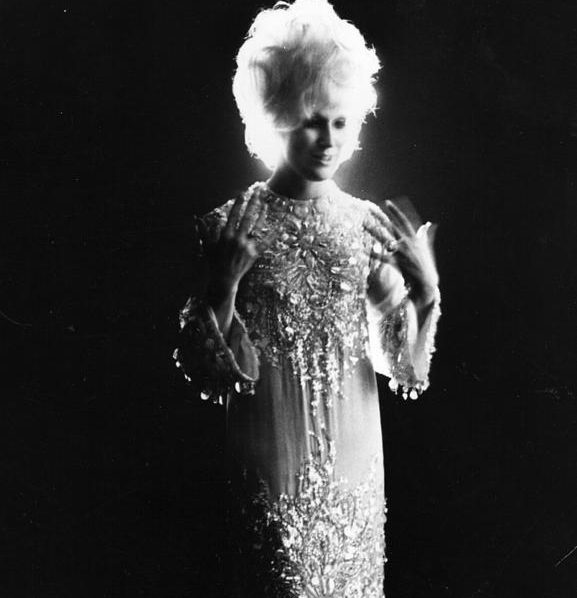
Namesake: Mary O’Brien, Singer
Local Significance: Lived at 40 Aubrey Walk, London, W8 7JG
Mary Isobel Catherine Bernadette O’Brien (1939 -1999), known professionally as Dusty Springfield, was a singer whose career spanned over five decades. In the 1960s, she ranked among the most successful British female performers on both sides of the Atlantic and became an international icon of the ‘Swinging Sixties’. A fixture on British television, Springfield presented many episodes of the hip 1963–66 British TV music series Ready Steady Go! and, between 1966 and 69, hosted her own series on the BBC and ITV. It was during this time that she moved into her home in nearby 40 Aubrey Walk (1968 – 1972) when she released one of her most famous songs ‘Son of a Preacher Man.’
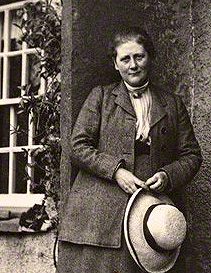
Namesake: Beatrix Potter, Author
Local Significance: Lived at 2 Bolton Gardens, London, SW5 0DJ
Helen Beatrix Potter (1866 – 1943), was a writer and illustrator best known for her well-loved children’s books featuring animals, such as ‘The Tale of Peter Rabbit’. Potter’s connections to the South Kensington area run deep; she was born at 2 Bolton Gardens, where she lived until her marriage. The house was sold in 1924 and later destroyed in the Blitz and is where Bousfield Primary School now stands (the commemorative plaque can be found on Bolton Gardens). Being from a wealthy family, Potter was taught at home by a Governess. However, in 1878 her parents arranged drawing lessons for her at what is now the Royal College of Art in South Kensington. To view the world’s largest collection of Potter’s letters, illustrations and photos, you can visit the rotating exhibition at the V&A (a place Potter spent much time as a child).

Namesake: Lady Diana Spencer, Later Princess of Wales
Local Significance: Lived at 60 Coleherne Court, London, SW5 0EF
Diana Frances Spencer (1961 – 1997), was the first wife of Charles, Prince of Wales – heir apparent to the British throne – and mother of Prince William and Harry. Diana was born into British nobility and grew up close to the royal family on their Sandringham estate. In 1981, while working as a nursery teacher’s assistant, she became engaged to Prince Charles, the eldest son of Queen Elizabeth II. At that time Diana lived at 60 Coleherne Court on Old Brompton Road, an 18th birthday gift from her parents, which she shared with close friends between 1979 and 1981. Diana described her time at Coleherne Court as one of the happiest of her life and it was from here that she took her first steps onto the world stage.
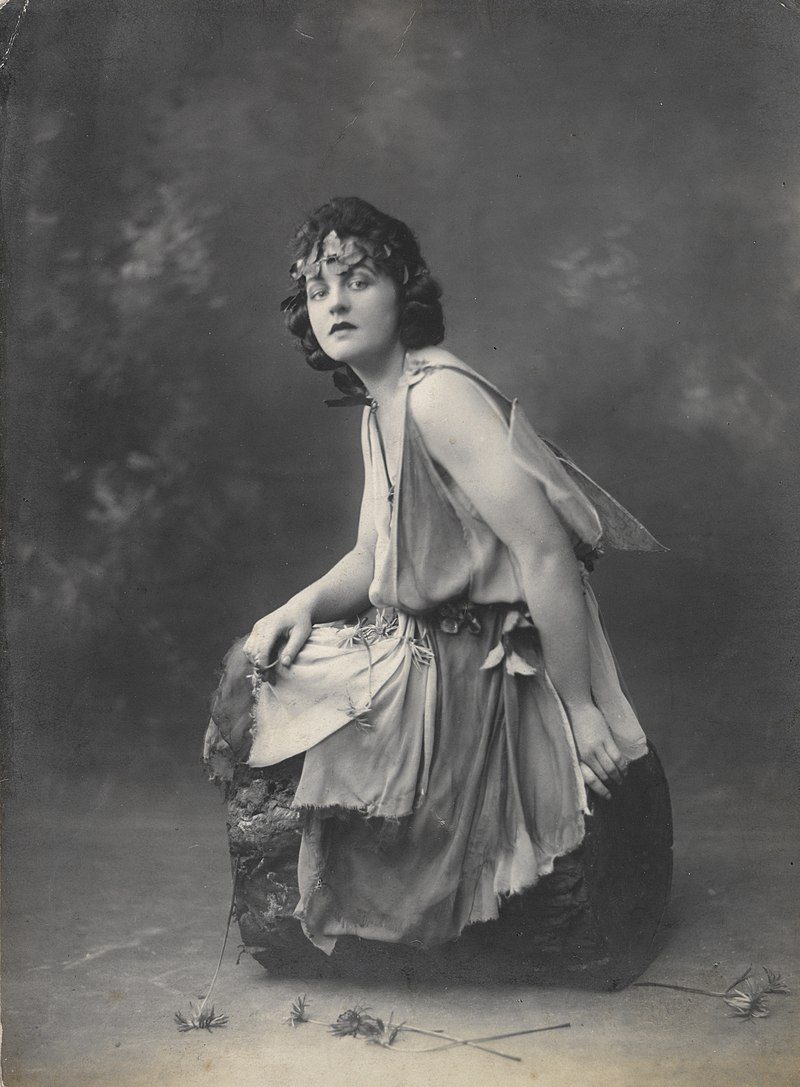
Namesake: Pamela Lyndon Travers, Author
Local Significance: Lived at 50 Smith Street, London, SW3 4EP
Helen Lyndon Goff (1899 – 1996), better known as P.L. Travers, was an Australian-British writer who spent the majority of her career in England. Best known for the Mary Poppins series of books, featuring the eponymous magical nanny, it was whilst Travers lived in Chelsea at 50 Smith Street, that she published the fourth book in the Poppins series and negotiated the rights for her books to be turned into a Walt Disney musical. Travers lived at 50 Smith Street for a period of around 17 years from about 1945–46 until December 1962. She presented a photo of her home to Disney “so they could see the Banks house was quite like hers, except with more to the garden” and championed the Edwardian setting of the movie, which reflected her own Chelsea neighbourhood.
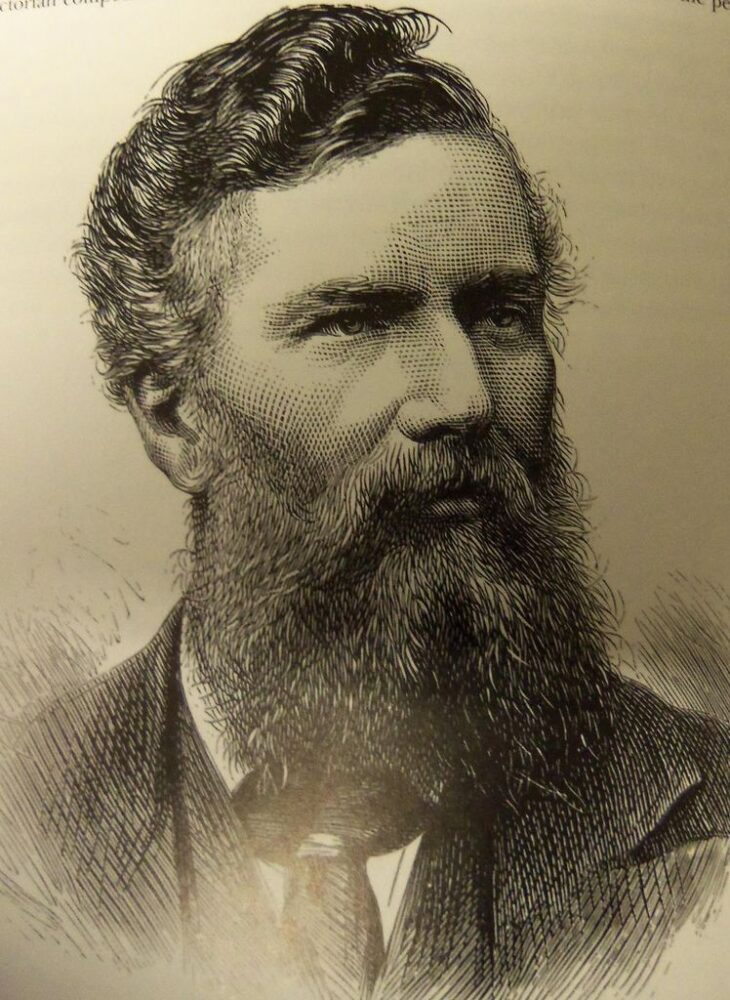
Namesake: Alfred Waterhouse, Architect
Local Significance: Designed the Natural History Museum
Alfred Waterhouse (1830 – 1905), was an architect best known for his eclectic Victorian Gothic Revival Style and worked exclusively on civic and educational buildings in Manchester and London. Undeniably, the Natural History Museum was the pièce de résistance of his career. Regarded as an architectural gem of London, it is one of Britain’s most striking and unusual examples of Romanesque architecture. From the imposing gargoyles on the façade to the most delicate interior detail, every element of his design pays homage to the natural world. An enduring ‘cathedral to nature’ Waterhouse took inspiration for the building’s embellishment directly from the natural history collections it would house – the result is an architectural masterpiece.




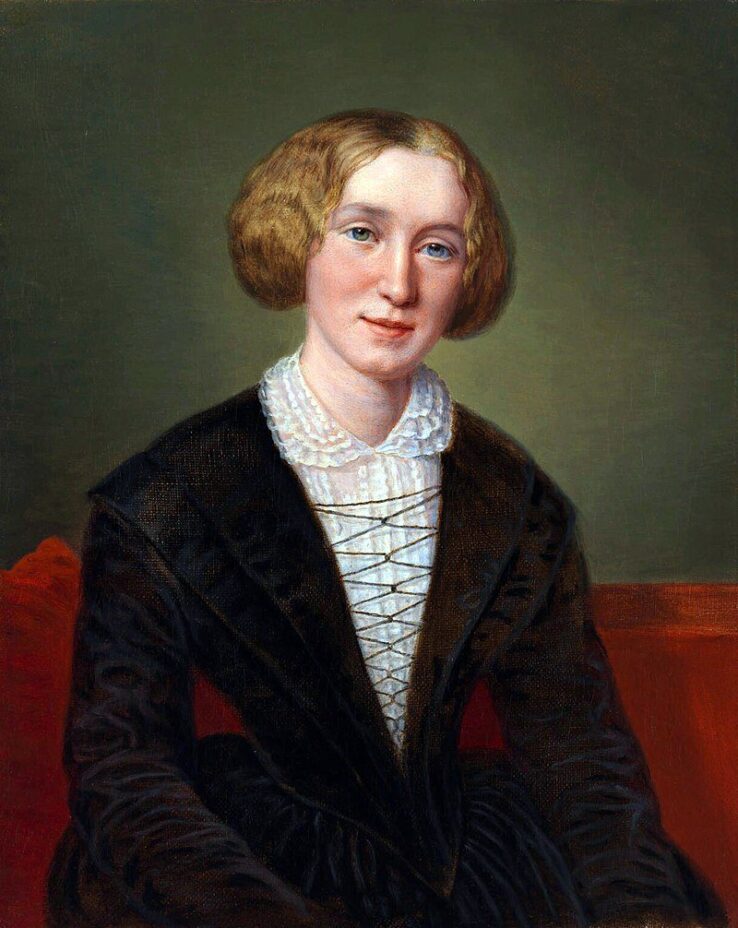






 by Charles King, circa 1913
by Charles King, circa 1913



